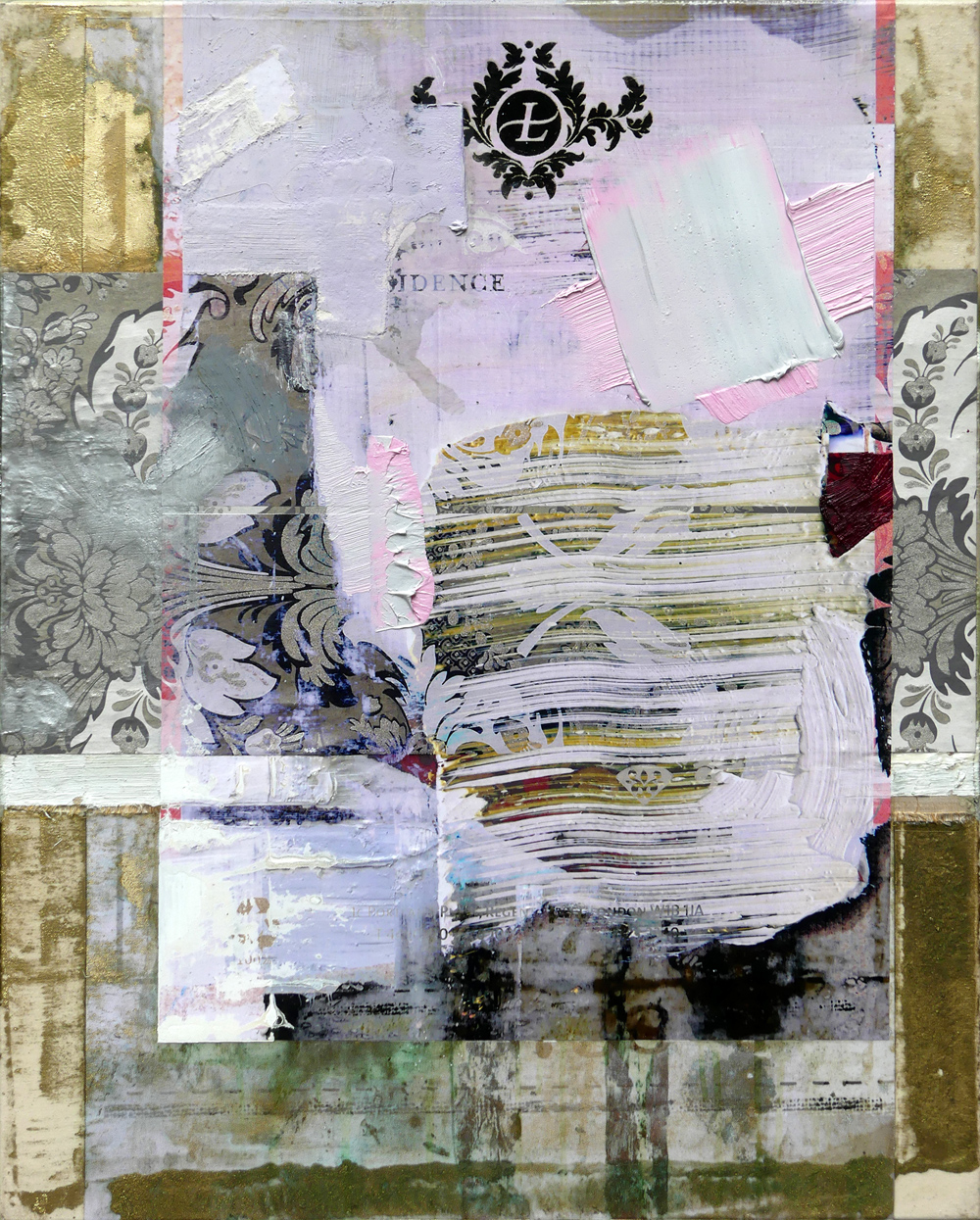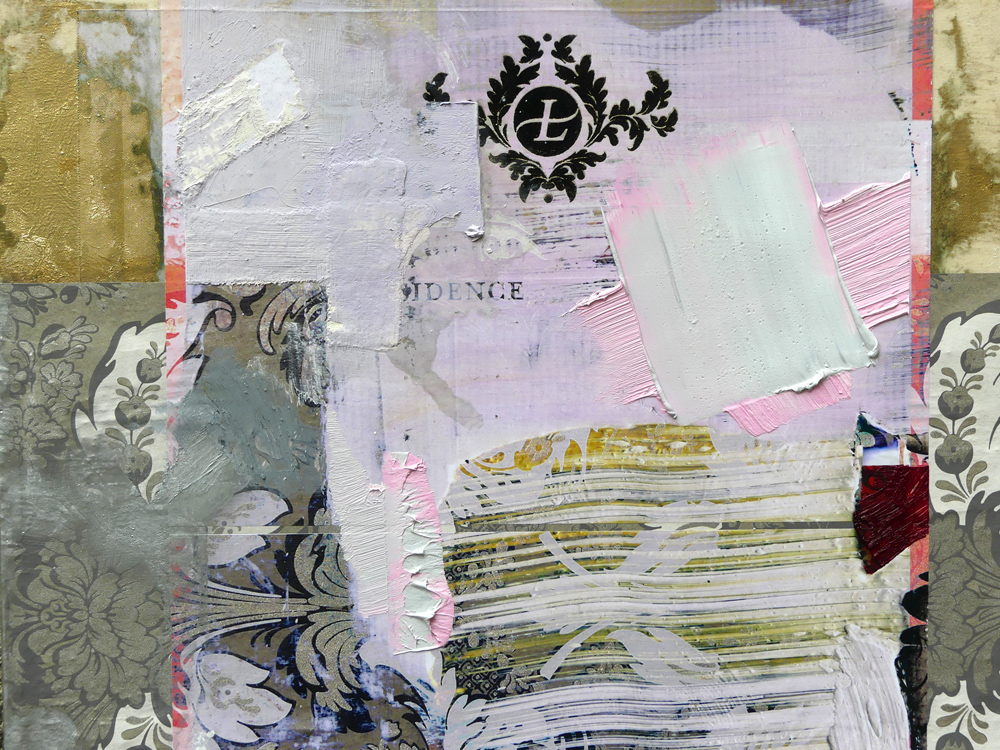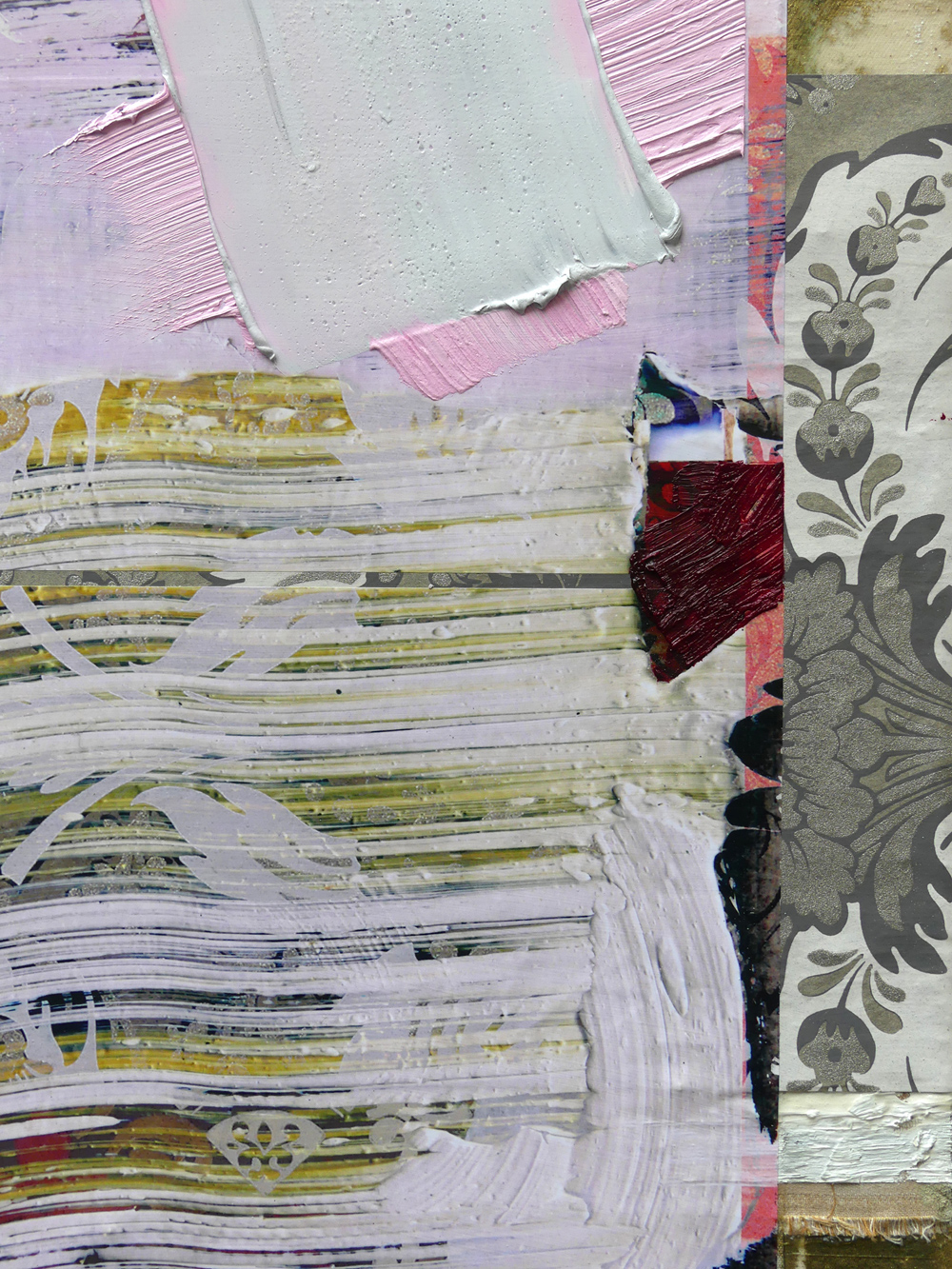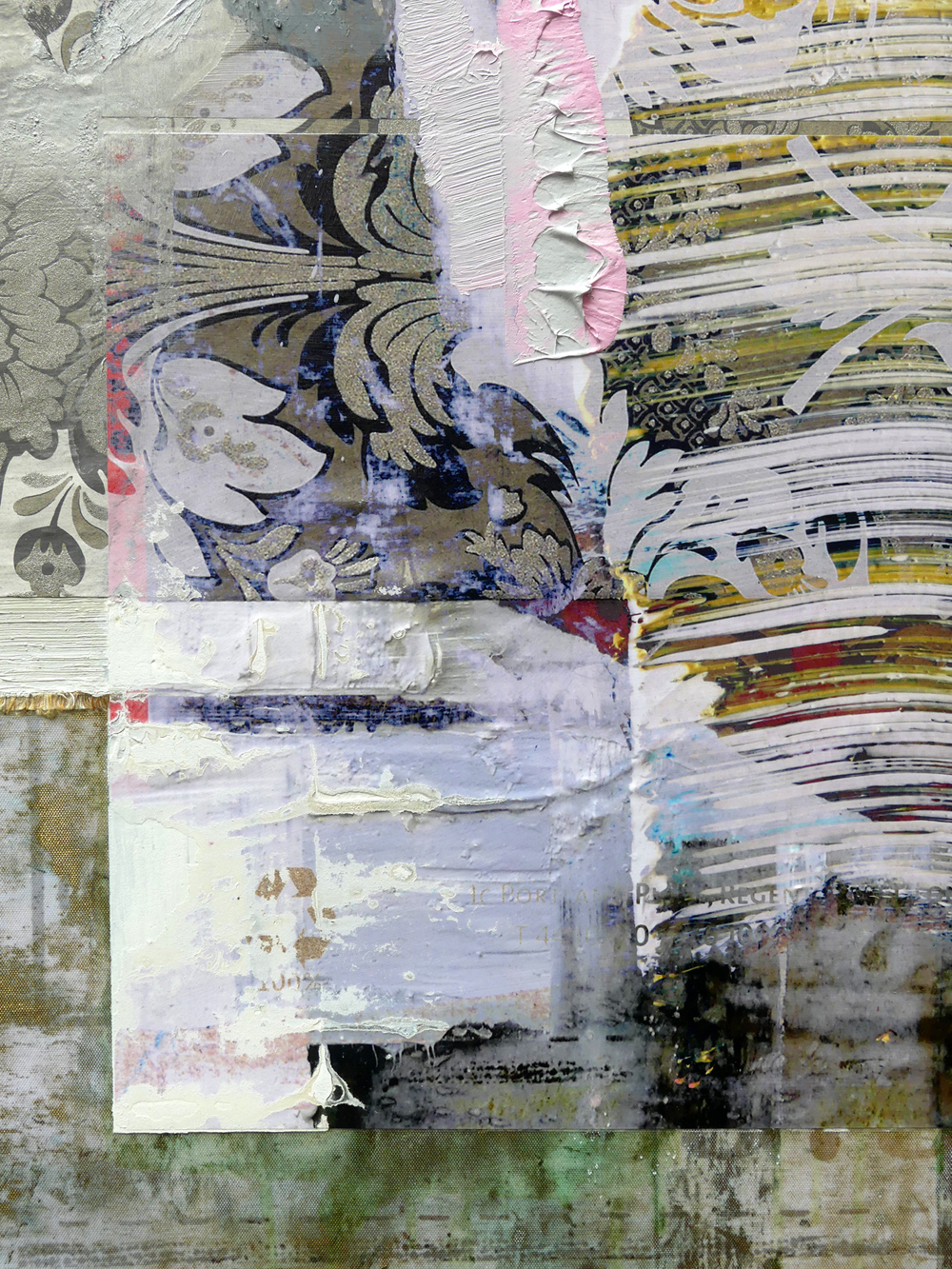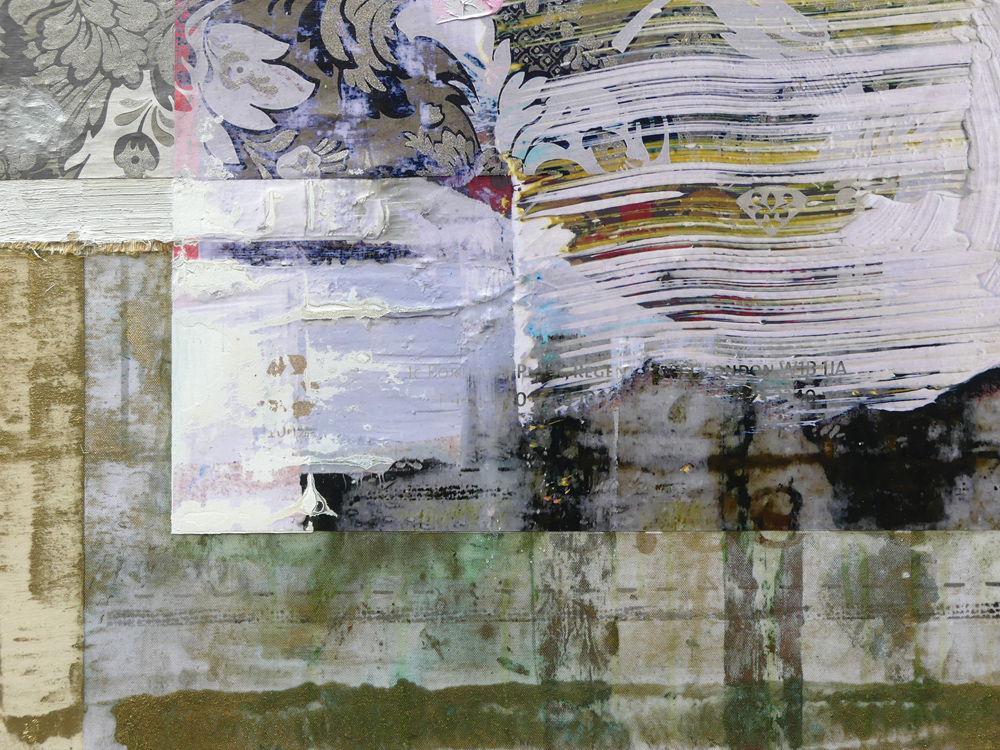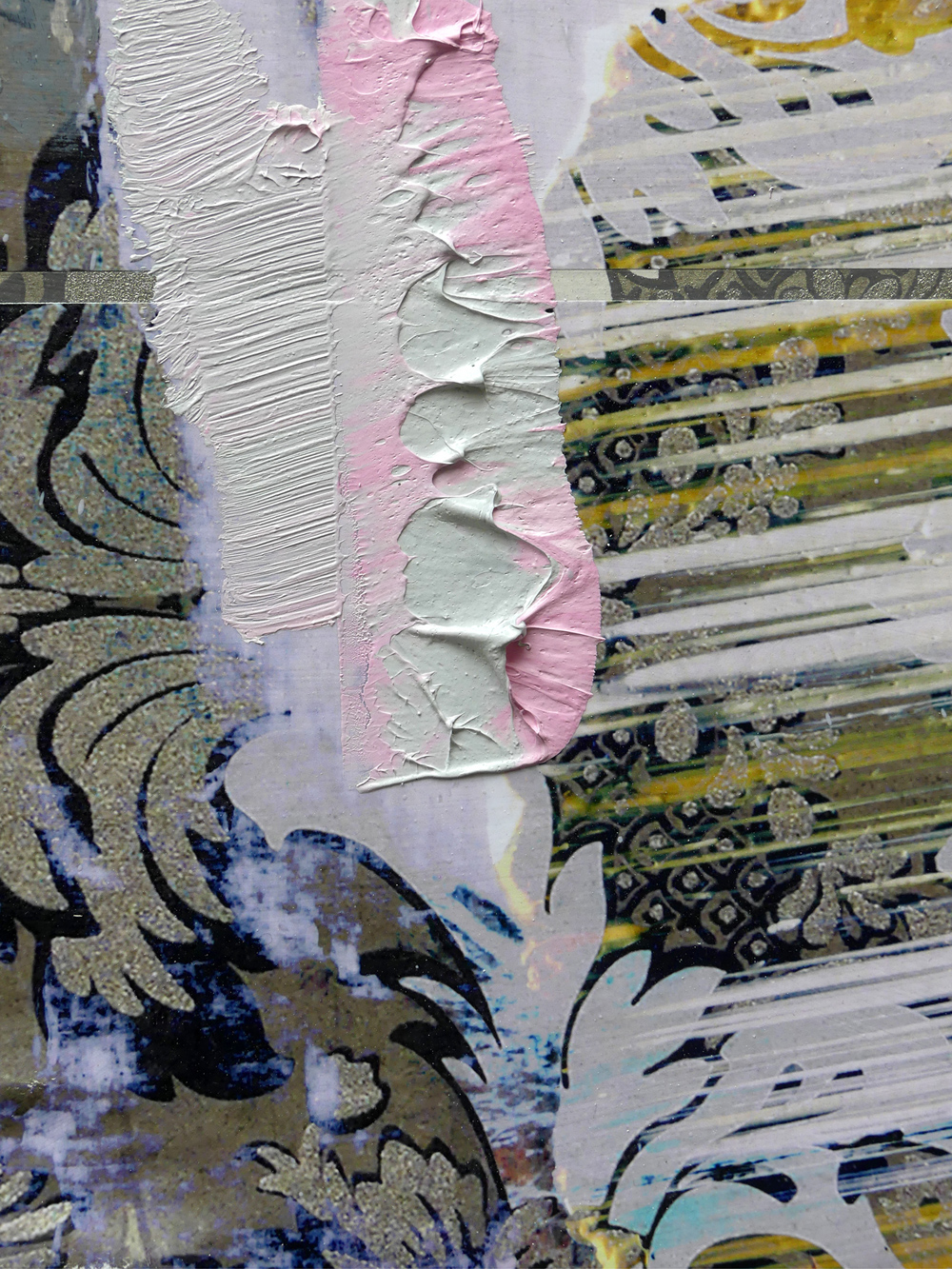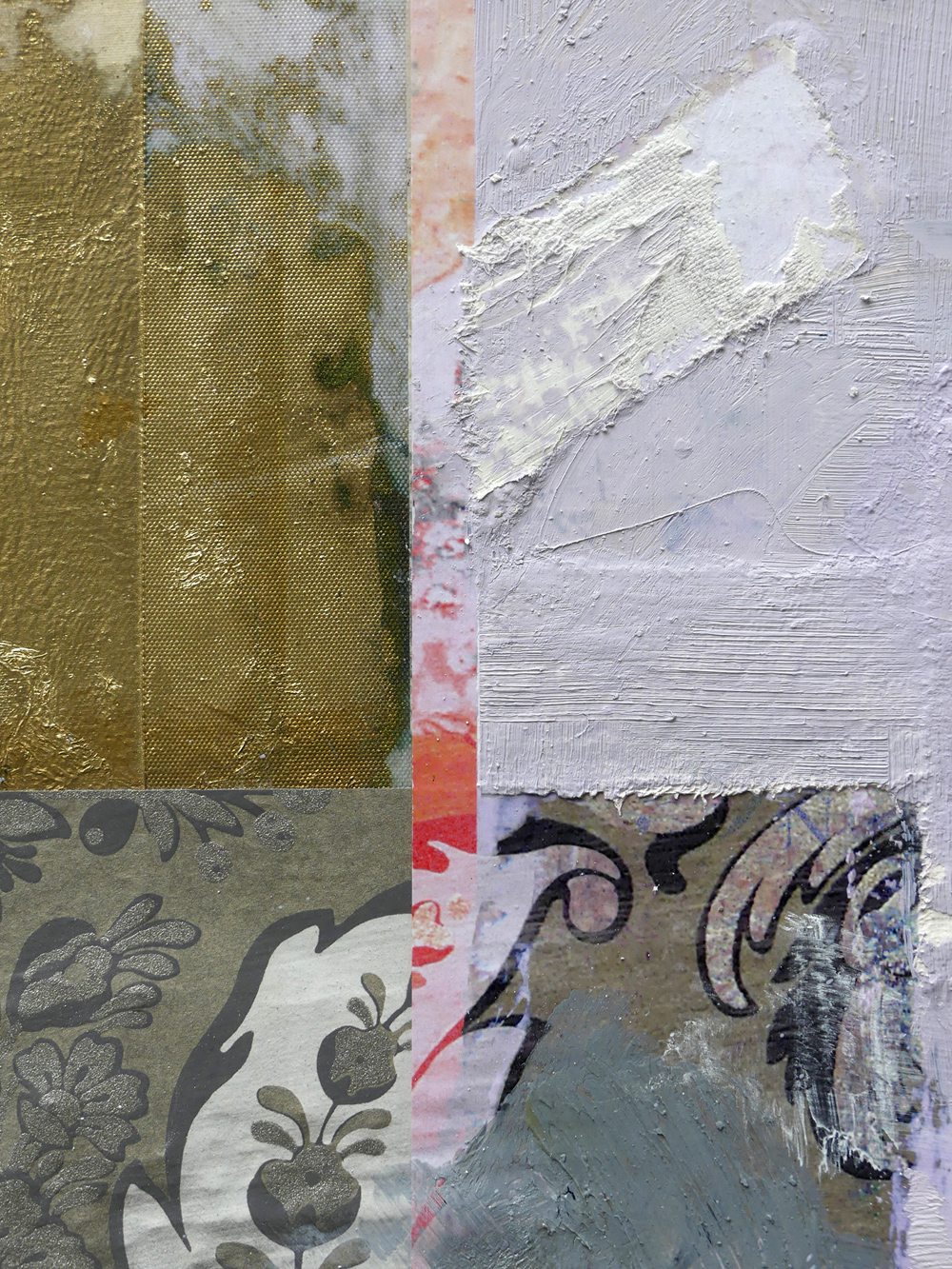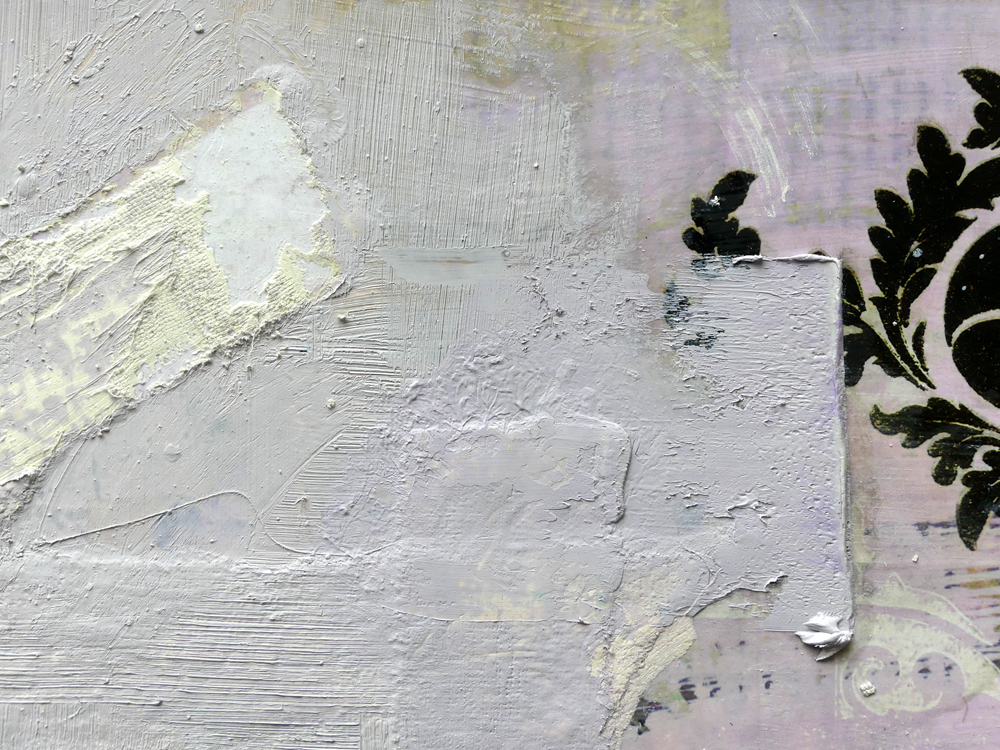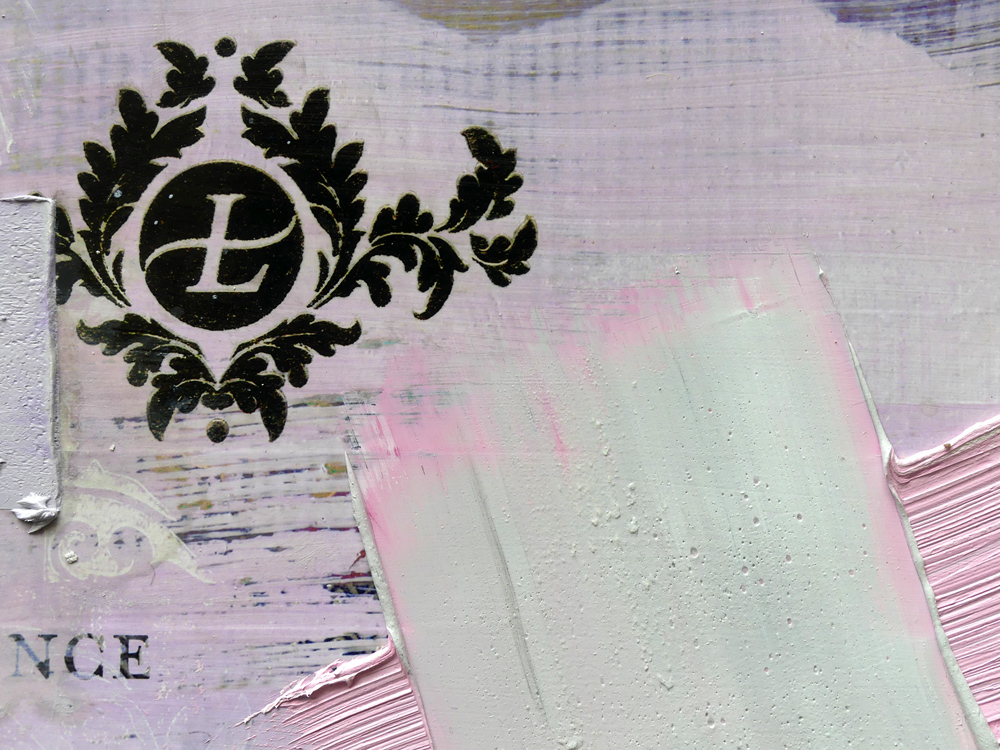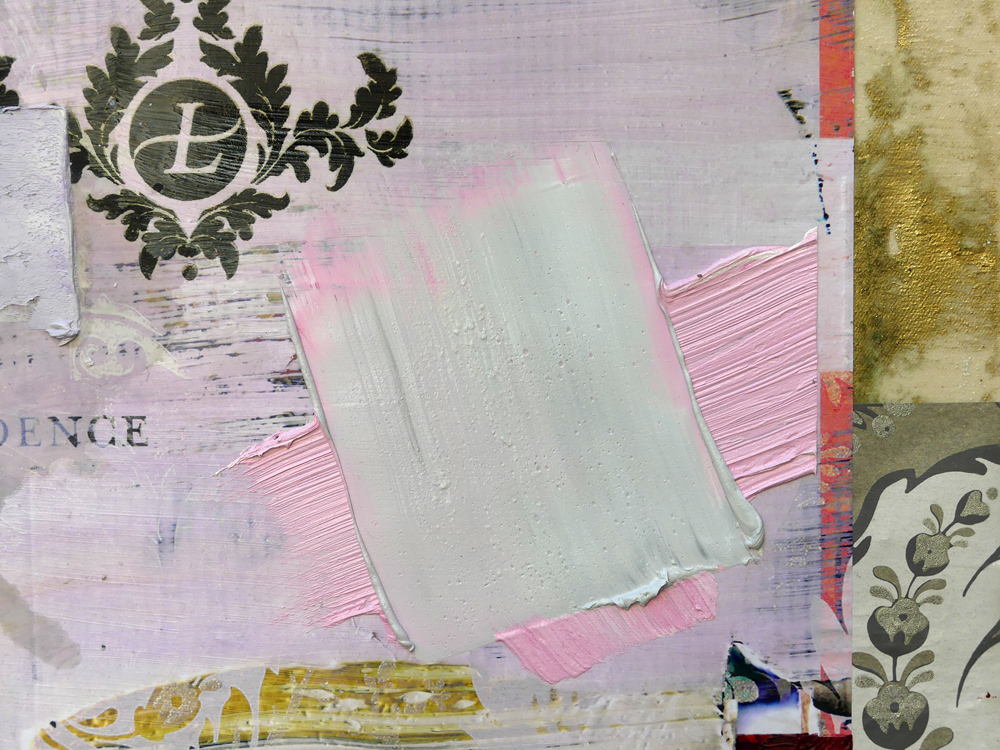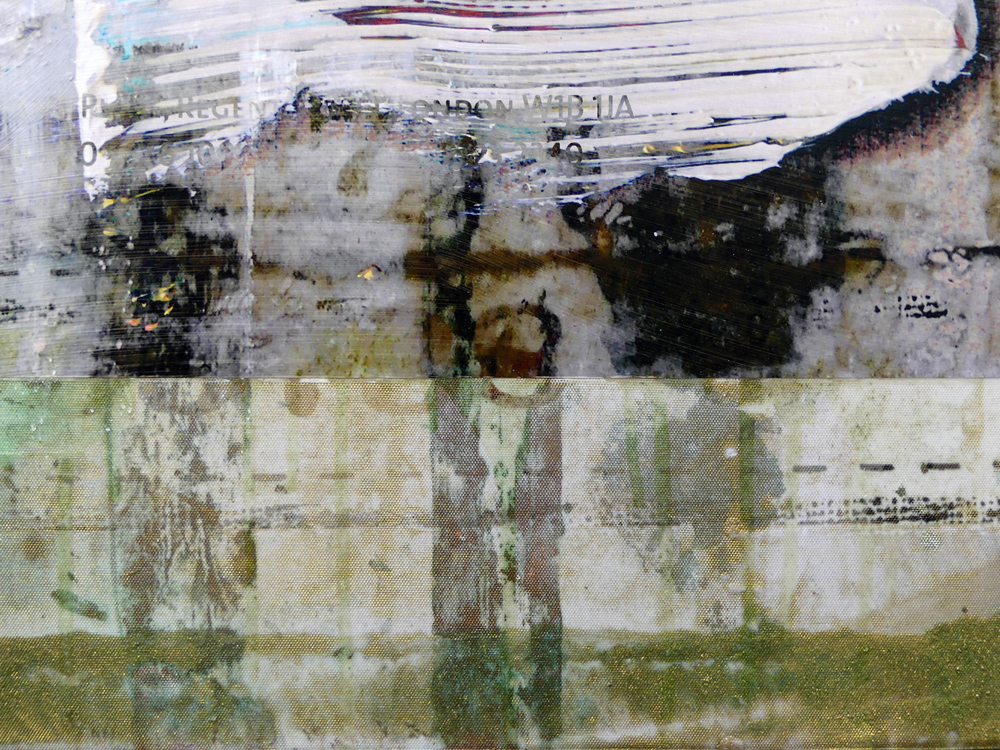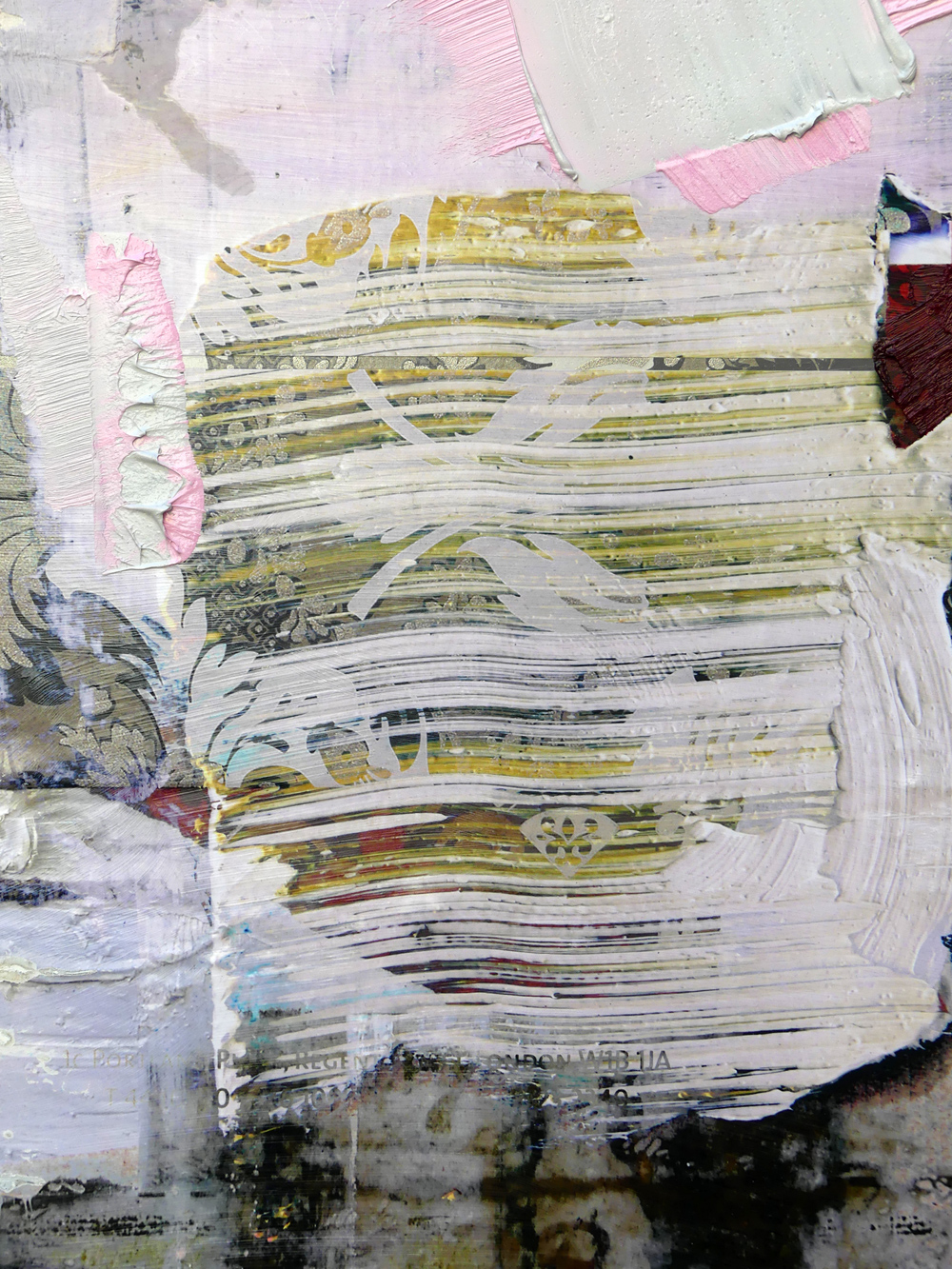New and Abstract – Painting – Peter Vahlefeld – A Hegemonic Model of Meaning Has there ever been a "deconstructive" art criticism-that is, an art criticism which does more than simply hide its own agenda beneath this popular and all-too-little-examined theoretical label? For the past teQ years, the term "deconstruction" has become increasingly used in a wide variety of aesthetic contexts, for a number of different purposes, by critics, curators, and artists alike. It has gained a certain currency in artistic circlesa sort of "official" status as it were-which suggests its user's familiarity with notions of meaning and signification currently in vogue in both America and Europe. Unfortunately, deconstruction's emerging popularity as a term to be rather loosely bandied about in art critical writings has far outstripped research on the part of art critics into its meaning. As even a brief survey of the field reveals, art critics have a poor understanding of deconstruction. Content to receive their information from secondary sources and an occasional, hastily excised essay-fragment, many an art critic has sold short Derrida's insights into the nature of "writing" (/'ecriture)
and the production of meaning. 1 As this paper shall reveal, too often do we discover in art critical writings a point of view which claims deconstruction for its own and yet is entirely antithetical to deconstructive practice. This point of view entails a theory of meaning too fully subordinate to categories of stasis, taxonomy, and structure; as well as an "unconscious" yet seemingly overwhelming compulsion to separate the meaning it structurally dominates into a good type which it valorizes and a bad type which it suppresses. As we shall see, this critical position is radically at odds with the theory of meaning as movement or play-a hallmark of Derrida's work.2 A case in point is Rosalind Krauss, professor of art history at Hunter College and curator of major shows at the Guggenheim, the Whitney, the Corcoran, and the Museum of Modern Art. Krauss is perhaps the most powerful and well-known advocate of structuralism and post-structuralism in art criticism today, and, hence, a powerful authority on Derrida's behalf in the field. In addition to being a founder and editor of October, a leading art journal associated with the writings of this loose collection of thinkers, 3 Krauss has actively promulgated their theories in her own widely-read and influential publications. Thus, for someone interested in the possible applications of deconstruction to works of art, Krauss's power as a (willing or unwilling) representative of Derrida's thought cannot be underestimated. Still less, however, can it be trusted. As an examination of Krauss's book, The Originality of the Avant-Garde and Other Modernist Myths (1985), will show, Krauss is in places a truly deconstructive art critic. Yet the essays in Krauss's book also reveal a theory of meaning radically different than that of Derrida. To anticipate, this model of signification implies that Krauss is ultimately not a deconstructive art critic. By interpreting art according
to an understanding of the sign which suppresses notions of objective reference and of the development of a sign's meaning over time, Krauss radically limits the range of meaning that a work of art may potentially possess, thereby falling into a trap that Derrida's model of meaning easily avoids. Although Derrida, too, attacks traditional notions of objective reference, he does this not to deny that it exists, but to show that this type of reference is far more complex and perplexing than traditional theories supposed.
By Matthew Biro
